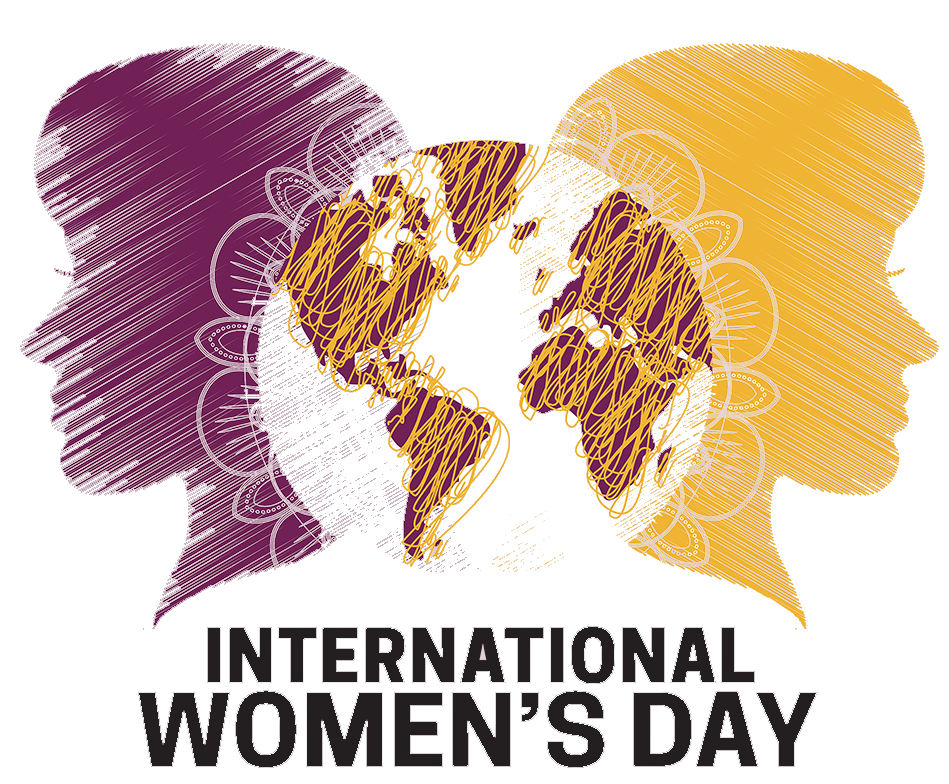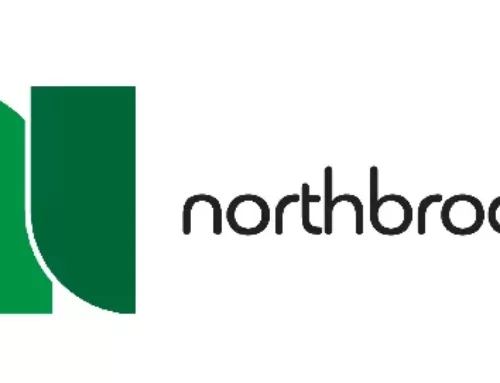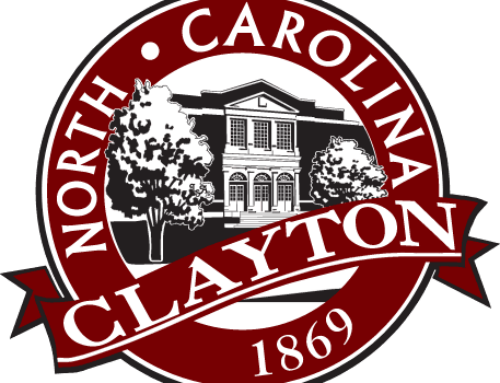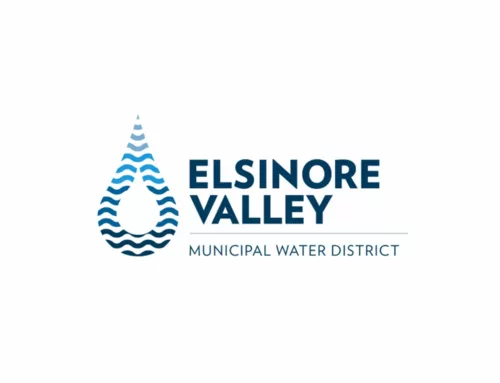
In honor of March being Women’s History Month, BSI felt it was appropriate to highlight one of the most hard-working women in backflow. She’s also a BSI Online client, Nissa Pauley with the City of Durham. Follow along as we ask her questions that detail her impressive career in backflow!
How did you get into the backflow industry?
“Back in 2001, my first real job out of college I worked for an environmental engineering firm who primarily focused on Department of Defense (DoD) clients. My company was noticing that the DoD started cracking down on military bases in the U.S. who were not following the Code of Federal Regulations (CFR) when it came to having and enforcing a Cross Connection Control Program. Out of 6,000+ employees, I was chosen to attend a weeklong national certification backflow class at TREEO. Upon successfully completing that course, I was on a plane two weeks later to my first military base. Talk about a crash course. Luckily, my employer had paired me up with a backflow specialist in Massachusetts with experience to help me complete my two-week complete comprehensive field investigation. We performed field investigations, followed the water lines to all cross connections, inventoried “found existing” backflow preventers, and made note of unprotected cross-connections. All information was collected in an access-based database using a palm-pilot, I know, right!? Eventually, I would compile all the data, write a final report and present all the data to the Military base. The final report will provide the project background, talk about cross connection, regulatory requirements, all the survey and methodology used, and then the survey results. I would then train their personnel on backflow and hand the database to them to manage. All in all, I ended up doing 12 air national guard bases in the US before taking my position with the City of Durham in 2006.”
What do you want other women in backflow industries to know?
“Backflow, Cross Connection, and Plumbing are no longer just a “man’s world.” The industry has changed but still, only a small percentage of women work in male-dominated industries, less than 8%. Women lead the industry in emotional intelligence which allows us to identify, understand, and manage the emotions of all people involved. This is very important when you are in a position making very important decisions and regulatory requirements when it comes to protecting out water. This typically makes us great communicators and problem-solvers because we are able to see the other person’s perspective. In North Carolina, there are quite a few women who are responsible for Cross Connection Programs for other municipalities. Run your Programs with confidence and learn to depend on your Ordinance to support the difficult decisions you have to make. Learn to take criticism, feedback does help you improve your skillset. You can do it; all you have to do is take the first step and find a local backflow class of check out your local American Backflow Prevention Association (ABPA).”
What advice would you give to women wanting a career in backflow?
“Just take the first step and find a local backflow class of check out your local American Backflow Prevention Association (ABPA). TREEO and USC CCC&HR classes also offer great classes. See if you like it. You won’t know unless you try.”
What does a typical day in your life look like?
“Which fire do I put out first? In the morning, we typically run the workflow to see how many inspections we have for the day. The inspections are linked to backflow permits no differently than plumbing permits. These permits cover new installations, replacements, relocations, and removals. We also review permit applications. This is when someone wishes to install a new backflow, remove, and we make sure that the applicant is a North Carolina Licensed plumber who is authorized by the North Carolina general statues to perform plumbing work. In North Carolina, anyone who interrupts the water supply is required to be properly licensed. When testing a backflow preventer, one or both shut-off valves on the backflow preventer is required to be turned off during testing, therefore interrupting the water supply. That is why we require our backflow testers to also be properly licensed or be employed by someone who is.”
A copy of our complete policy is provided here.
What is your favorite part of your job?
“Protecting our most precious resource, water. And helping people understand the importance of cross connection and backflow protection.”
What motivates you?
“My team motivates me. They work very hard to maintain our compliance and perform inspections. There is nothing I would ask a team member to do that I have not done myself or would not do. I respect them and they respect me. We work very well together, and we keep an open-door policy because eight heads are better than one.”
How has the industry changed since you started?
“Wow, a lot. I think the biggest improvement has been technology. Technology has allowed us to collect data and manage that data in a way that we didn’t have back in the day. BSI alone is like having a new full-time staff member at your disposal. It puts all players on the same field AKA the water purveyor, water customer, and the backflow tester when it comes to compliance. It is a tool that water customers never had before and has placed a responsibility on the customer to verify test(s) have been submitted prior to paying for their testers. It is also streamlined tracking compliance, who sent what letter, when? BSI tracks it. I think the regulations that drive cross-connection and backflow protection haven’t changed much over the years, however I do notice the government actually enforcing the Program requirements. This has been helpful.”
Thank you to Nissa Pauley for being so willing to spread awareness to the incredible women in our growing industry and share phenomenal insight. If you would like to expand your knowledge about backflow and cross-connection control, visit Backflow Academy on our website, linked here!











